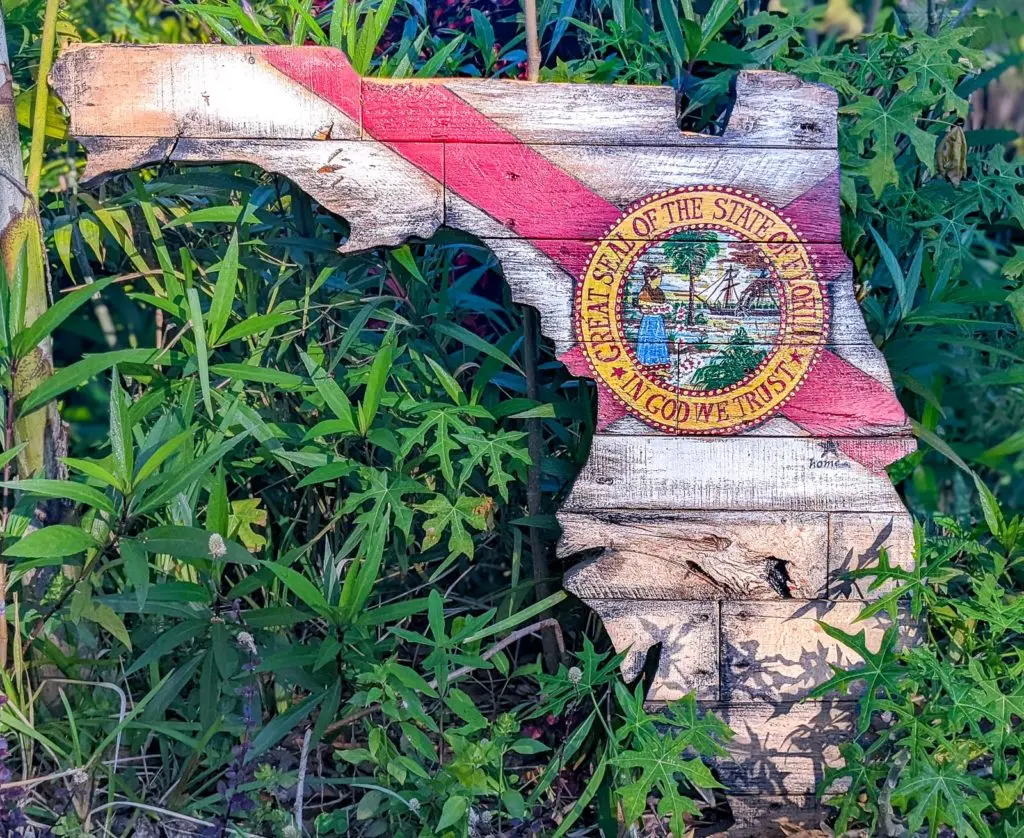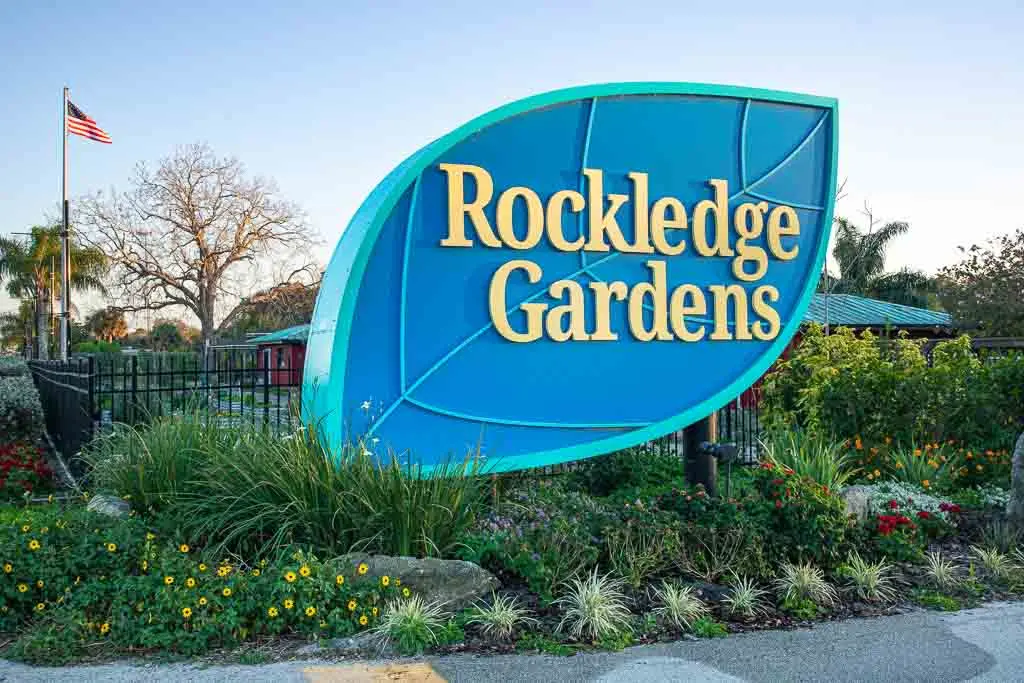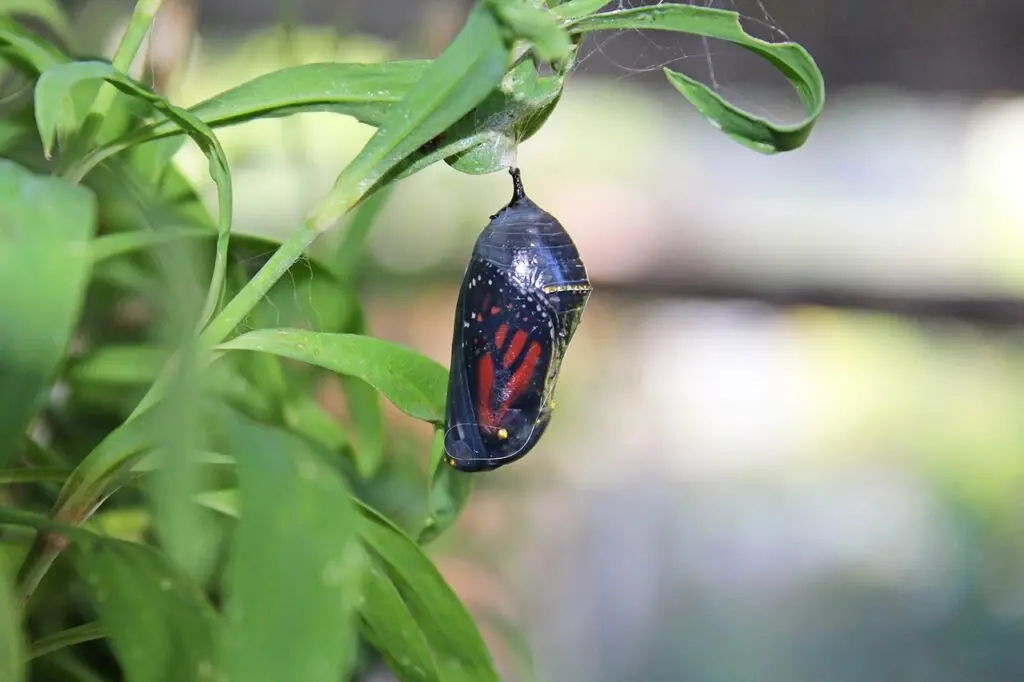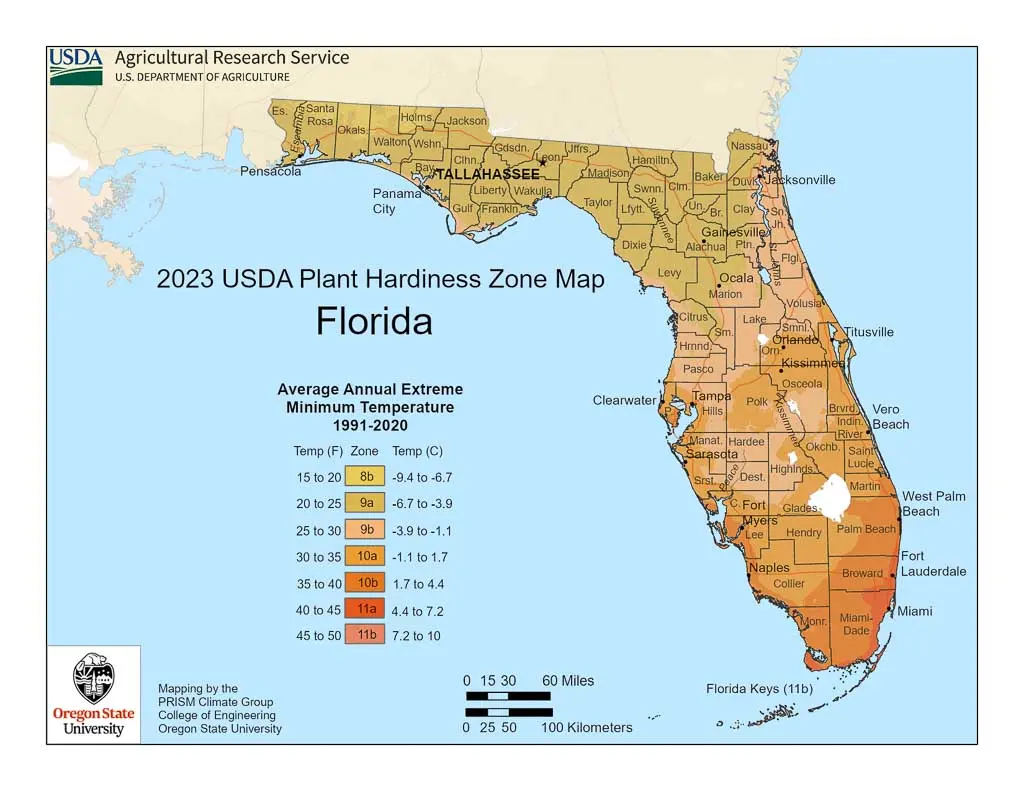by Amanda Rose Newton
Gardening is both an art and a science, a pursuit that requires knowledge, patience, and a keen understanding of your environment. One critical aspect of this understanding is knowing your hardiness zone, especially with recent changes like Brevard County, Florida, now being in Zone 10.
Let’s explore what hardiness zones are, how they are determined, and how you can set up your garden for success in the new year, considering the recent zone change.
What Are Hardiness Zones?
Hardiness zones, often referred to as “planting zones,” are defined areas that categorize regions based on their climatic conditions, particularly the minimum temperatures they experience.

These zones are crucial for gardeners and farmers as they guide which plants can thrive in a particular region. In the United States, these zones are determined by the USDA (United States Department of Agriculture).
Brevard County’s Shift to Zone 10
Recently, Brevard County in Florida experienced a shift in its hardiness zone, moving from its previous designation (9b on the mainland) to Zone 10.

This change is significant for several reasons:
- Warmer Minimum Temperatures: Zone 10 experiences warmer minimum temperatures (30 to 40 degrees Fahrenheit) compared to its previous zone. This shift implies a warmer climate, which affects the types of plants that can be successfully cultivated.
- Extended Growing Season: The warmer temperatures extend the growing season, allowing for a wider variety of plants, including some tropical species, to be grown.
- Adaptation Requirements: Gardeners in Brevard County may need to adapt their gardening practices to accommodate the warmer climate and extended growing season.
How Are Hardiness Zones Determined?
Hardiness zones are determined based on the average annual extreme minimum temperature during a 30-year period. This data is collected and analyzed to create a comprehensive map. Factors like local variations in elevation, proximity to bodies of water, and urban heat islands can affect these zones.
Setting Up Your Garden for Success
With Brevard County now in Zone 10, here’s how you can set up your garden for success:

Research Suitable Plants: Look for plants that thrive in Zone 10 conditions. Tropical and subtropical plants are more likely to succeed.
Consider Water Requirements: Warmer zones may have different watering needs. It’s important to adjust your watering schedule to ensure plants receive adequate moisture without overwatering.
Adjust Soil Composition: The soil may need amendments to support different plant types. Regular testing and adjustment of soil nutrients can be beneficial.
Plan for Pests and Diseases: New zones may introduce different pests or diseases. Stay informed and prepare to protect your plants as needed.
Utilize Microclimates: Take advantage of microclimates in your garden. Areas that receive more shade or are shielded from wind can support different types of plants.
Be Mindful of Frost Dates: Even in warmer zones, frost can occasionally occur. Be aware of local frost dates and protect sensitive plants.
Embracing Change
The shift in hardiness zones reflects broader climatic changes. As gardeners, adapting to these changes is part of the journey. By understanding and embracing your new zone, you can explore a broader range of gardening possibilities and challenges.

Remember, gardening is a continuous learning process, and each change brings new opportunities for growth and discovery.
Rest assured, any plant sold at Rockledge Gardens will be suitable for our growing zone. If we sell it, you can plant it.



